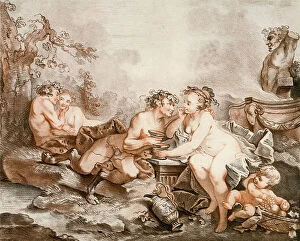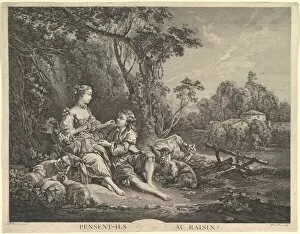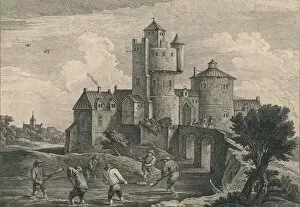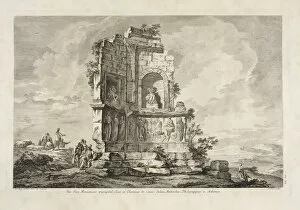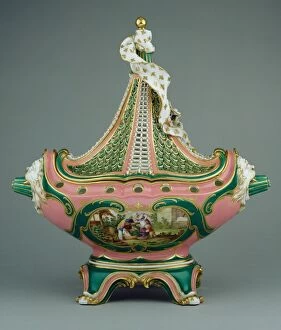Jacques Philippe Collection
Jacques Philippe Le Bas, a renowned artist of the 18th century, captured the essence of gallant conversation in his masterpiece "Conversation galante
All Professionally Made to Order for Quick Shipping
Jacques Philippe Le Bas, a renowned artist of the 18th century, captured the essence of gallant conversation in his masterpiece "Conversation galante. " Couples engage in lively discussions amidst the serene beauty of a garden, their words floating like delicate petals on the breeze. In another intriguing artwork titled "Are They Thinking About the Grape?, " Le Bas invites us to ponder the musings of individuals lost in thought. Perhaps contemplating life's mysteries or simply savoring the sweetness of grapes, their introspective expressions leave us curious and captivated. Le Bas showcases his artistic versatility with a reverse copy of "Nutcrackers" from "The Cries of Paris. " This playful depiction captures street vendors selling nutcrackers, showcasing everyday scenes that were an integral part of Parisian life during that era. "Mend the Old Bellows" presents yet another glimpse into daily existence through Le Bas' skilled hands. The image portrays craftsmen diligently repairing old bellows - an ode to preserving tradition and ensuring longevity for essential tools. Moving beyond France's borders, Le Bas transports us to Bruges with two captivating views. In both "View of Surroundings" and its second iteration, he masterfully depicts this Flemish city's charm and architectural grandeur. These artworks invite viewers to immerse themselves in Bruges' rich history and picturesque landscapes. Continuing our journey through time and space, we encounter Flanders Road after a painting owned by Duc de Praslin. Through meticulous strokes, Le Bas brings this scenic route to life - inviting travelers to embark on an imaginary voyage along its enchanting path. "The Three Windmills, " inspired by another work owned by Duc de Praslin, offers a whimsical portrayal that evokes nostalgia for simpler times. Against vast open fields dotted with windmills stands as testament to human ingenuity harnessing nature's power – reminding us that progress is built upon innovation rooted in tradition.

